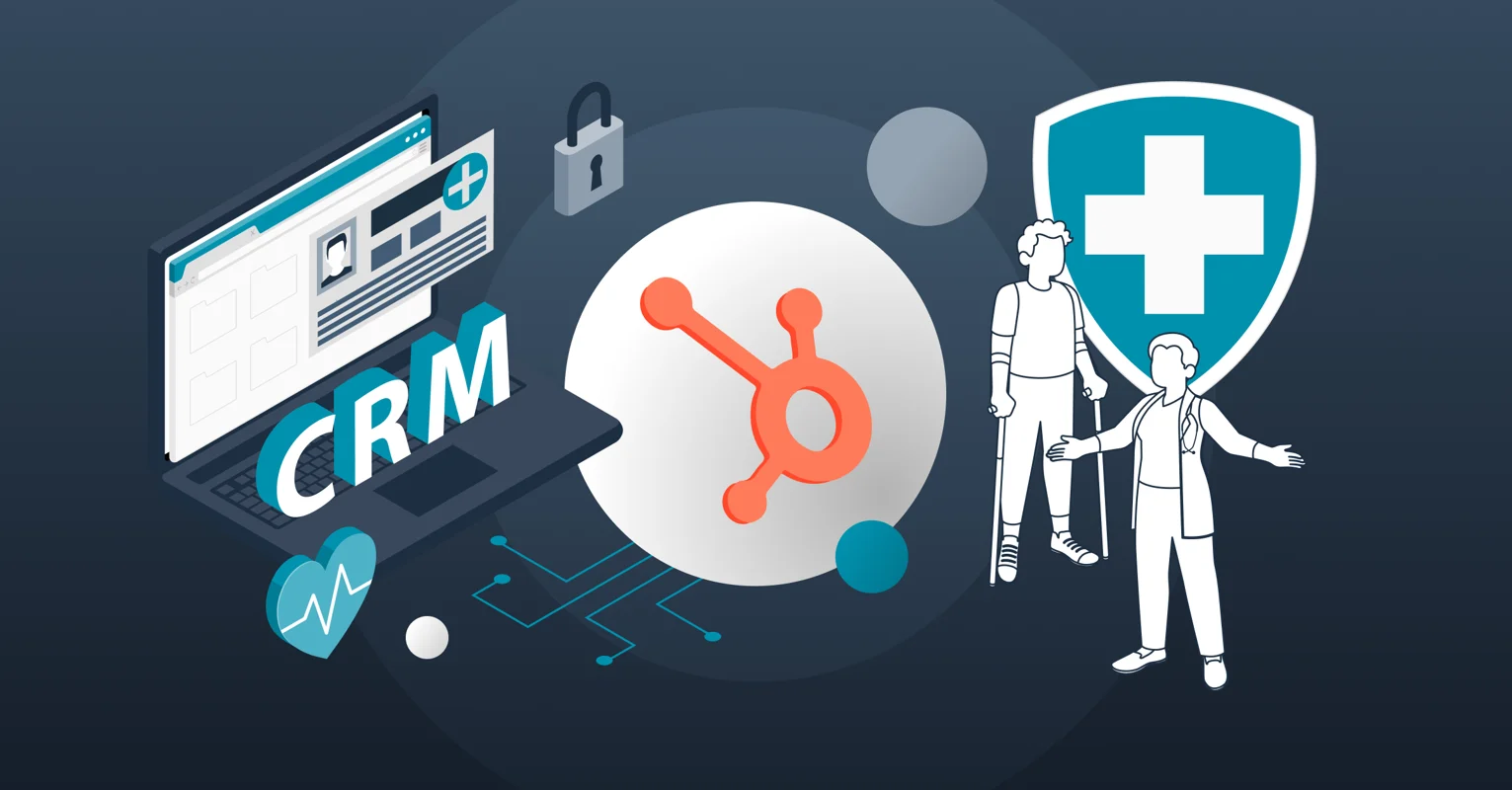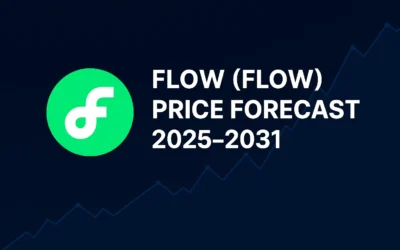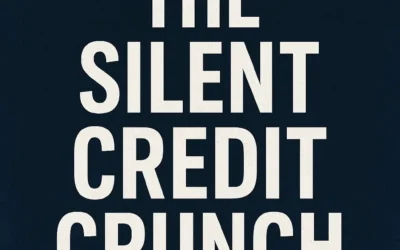Financial health is the foundation of a secure and stress-free life. Just as you visit a doctor for a physical check-up, regularly assessing your finances helps you stay on track toward your goals. A financial health check-up evaluates your income, expenses, savings, debt, and investments to ensure you’re making smart money moves. Whether you’re saving for a home, planning for retirement, or simply aiming to reduce financial stress, this guide covers the essentials of a financial health check-up and actionable steps to improve your financial well-being.
Why a Financial Health Check-Up Matters?
A financial health check-up provides clarity. For example, it reveals if you’re overspending, under-saving, or carrying too much debt. Moreover, it helps you set realistic goals, like building an emergency fund or investing for the future. By regularly reviewing your finances, you can catch issues early and make informed decisions. As a result, you’ll feel more confident and in control of your money.
Key Components of a Financial Health Check-Up
Here’s how to perform a thorough financial health check-up in five simple steps:
Assess Your Income and Expenses
Understanding your cash flow is the first step. In other words, you need to know how much money comes in and where it goes.
How to Do It:
- Calculate Income: Add up all sources of income, such as your salary, side hustles, or passive income.
- Track Expenses: Review bank statements or use apps like Mint to categorize spending (e.g., rent, groceries, subscriptions).
- Analyze the Gap: Subtract expenses from income. Ideally, you should have money left for savings or debt repayment. For instance, if expenses exceed income, cut non-essentials like dining out.
Review Your Budget
A budget keeps your spending in check. Without one, it’s easy to overspend and neglect savings.
How to Do It:
- Create a Budget: Use a zero-based budget, where every dollar is assigned a purpose (e.g., bills, savings, fun).
- Check Alignment: Ensure your spending matches your goals. For example, if you’re saving for a car, allocate funds to that goal.
- Adjust Regularly: Update your budget monthly to reflect changes, such as a raise or new expenses. This way, you stay on track.
Evaluate Your Debt
Debt can derail financial health. Therefore, understanding your debt load is critical.
How to Do It:
- List All Debts: Include credit cards, student loans, car loans, and mortgages, noting balances and interest rates.
- Calculate Debt-to-Income Ratio: Divide total monthly debt payments by monthly income. A ratio below 36% is healthy; above 43% signals trouble.
- Make a Plan: Prioritize high-interest debts or use the debt snowball method (paying smallest debts first). Consequently, you’ll reduce stress and free up income.
Check Your Savings and Emergency Fund
Savings protect you from unexpected costs and help you reach goals. An emergency fund is especially important for financial security.
How to Do It:
- Review Savings Accounts: Check balances in savings, retirement, or investment accounts.
- Assess Emergency Fund: Aim for $1,000 initially, then 3-6 months of expenses. For instance, if monthly expenses are $3,000, target $9,000-$18,000.
- Boost Savings: Automate transfers to savings accounts. Even $50 a month adds up over time.
Examine Your Investments and Retirement Plans
Investing grows your wealth. As a result, reviewing your investment strategy ensures you’re prepared for the future.
How to Do It:
- Check Retirement Accounts: Review 401(k)s, IRAs, or other plans. Are you contributing enough? For example, aim for 15% of your income.
- Evaluate Investments: Assess stocks, ETFs, or mutual funds for performance and fees. Diversify to reduce risk.
- Learn More: Explore investment strategies to optimize returns. Our free articles on Investment Strategies offer valuable tips.
How Often Should You Do a Financial Health Check-Up?
Perform a quick check-up quarterly and a detailed review annually. For example, a quarterly check ensures your budget is working, while an annual review dives deeper into investments and long-term goals. Additionally, major life events—like a new job or marriage—call for an immediate check-up to adjust your plan.
Signs of Good Financial Health
You’re in good financial shape if:
- You spend less than you earn.
- You have an emergency fund covering 3-6 months of expenses.
- Your debt-to-income ratio is below 36%.
- You’re saving at least 10-15% of your income for retirement.
- You feel confident about your financial future.
If these don’t apply, don’t worry. A check-up helps you identify gaps and take action.
Tips to Improve Your Financial Health
- Cut Unnecessary Spending: Cancel unused subscriptions or shop smarter for groceries.
- Increase Income: Start a side hustle or ask for a raise to boost cash flow.
- Pay Down Debt: Focus on high-interest debts to save money over time.
- Automate Savings: Set up automatic transfers to savings or retirement accounts.
- Educate Yourself: Learn about investing to grow your wealth. Check out our expert guides for deeper insights:
Why It Works?
A financial health check-up works because it’s proactive. For instance, spotting overspending early prevents debt. Moreover, reviewing investments ensures your money grows. By breaking the process into manageable steps, you gain clarity and control. As a result, you’re better equipped to handle surprises and achieve your dreams.
Get Started Today
Ready to take charge of your finances? Follow these steps:
- Gather Data: Collect pay stubs, bank statements, and debt details.
- Set Aside Time: Spend an hour reviewing your finances.
- Use Tools: Try apps like YNAB or spreadsheets to organize your check-up.
- Set Goals: Decide what you want to achieve, like saving $1,000 or paying off a credit card.
- Learn More: Visit our Investment Blog for free strategies to grow your wealth.
Final Thoughts
A financial health check-up is your roadmap to a secure future. By assessing your income, budget, debt, savings, and investments, you gain the clarity needed to make smart choices. Therefore, start today, stay consistent, and watch your financial health improve. Your peace of mind is worth it!









0 Comments